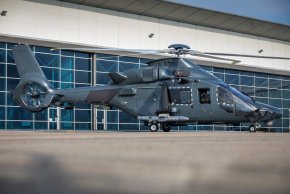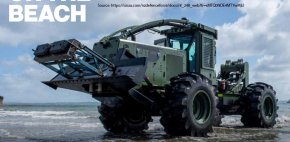I don't have a problem with a Wildcat. It's still a very capable maritime helo (perhaps it may be the best option for our rough sea conditions if we still won't be using some form of haul-down system in future). Agree that by the time anyone in NZG makes a decision it may not be available (2027 is a long way off, and there hasn't been any new orders for a while now)
A couple of things that I noted that weren't mentioned in the article but probably should have been:
1. No mention of the Airbus H160M (to be fair, it isn't scheduled to enter service with the Marine Nationale till 2028)
2. The RAN seem to be intending to replace their 6 NH90s (MRH90) around 2025, citing the logistics issues (in a ADBR article -
here) of maintaining a small separate fleet of helicopters at sea. So that doesn't help the NH90's chances in NZ. The RAN appear to be favouring some form of MH-60 variant (to solve the aforementioned logistics issues) - although the MH-60S is now out of production.
3. Nine helos only realistically provides 3 operational at sea at any one time. How many aviation-capable ships will we have again?
What the article does highlight though is the confused messaging coming from the RNZN/MOD. So they appear to want exactly 9 new helicopters (presumably of only one type), that have to operate on all aviation-capable vessels in the RNZN fleet (including the small OPVs). That's a problem. As Greener notes, most of the options won't fit on the OPV, yet a small helicopter won't be ideal for the utility roles on the larger vessels (such as Canterbury & Aotearoa). I still think we need two types - I'd go with a small (6t) ASuW/ASW helo for frigates & OPVs, with a marinized 10t-11t dumb utility helo for the bigger ships. Doubt that will ever happen though.



